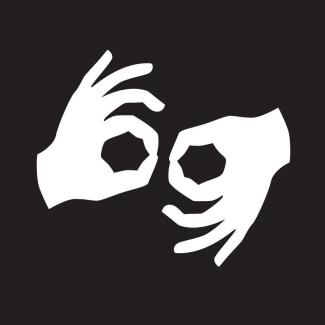The most recognised international access symbol is this square overlaid in white with an image of a wheelchair user.
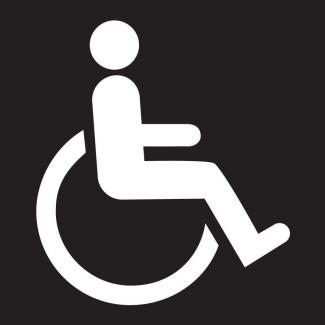
Alternatively use this symbol showing an active wheelchair user, white on a blue background.
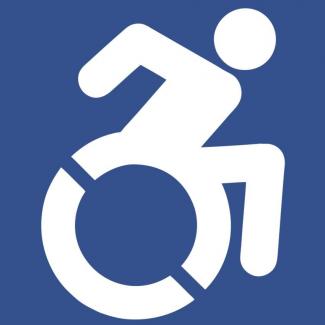
There are also other symbols that can be used for inclusive training or awareness in humanitarian action, picturing a person with disabilities in an active role.
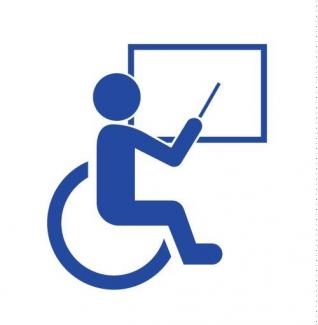
This symbol can be used for inclusive advocacy:
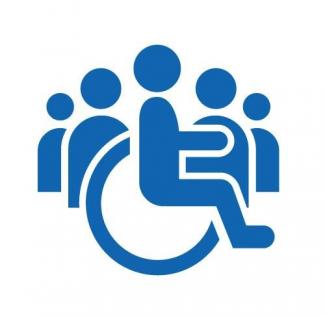
The following symbol indicates access for blind people or people who have low vision. It can be used to indicate guided path or tactile information or the way to a distribution point for instance.
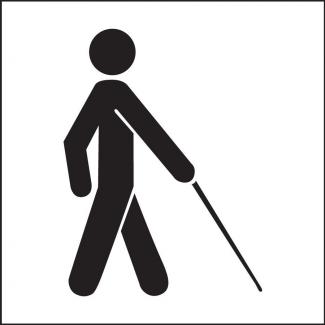
Use the symbol below to point out that Sign Language Interpretation is provided for a meeting, an information session or a focus group discussion.
